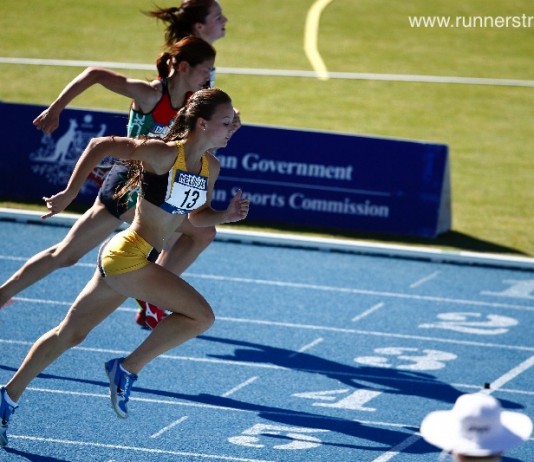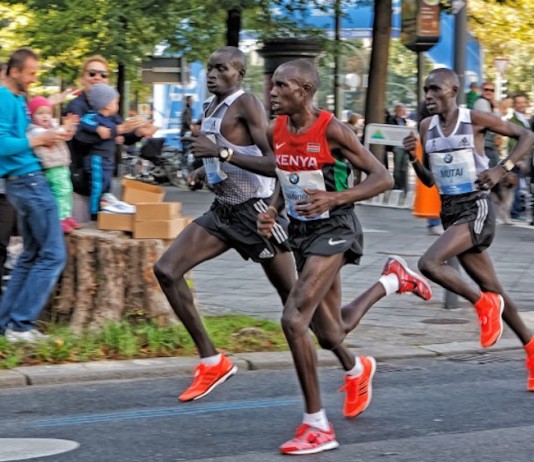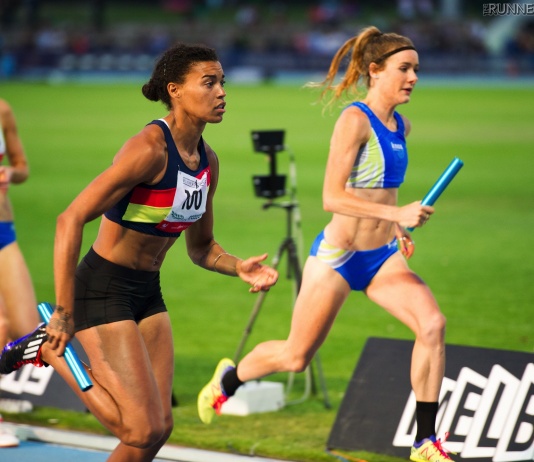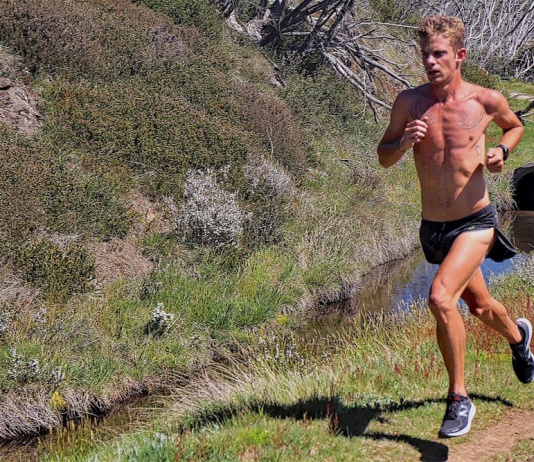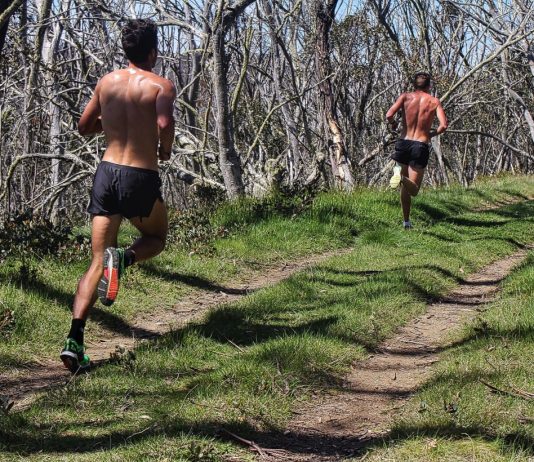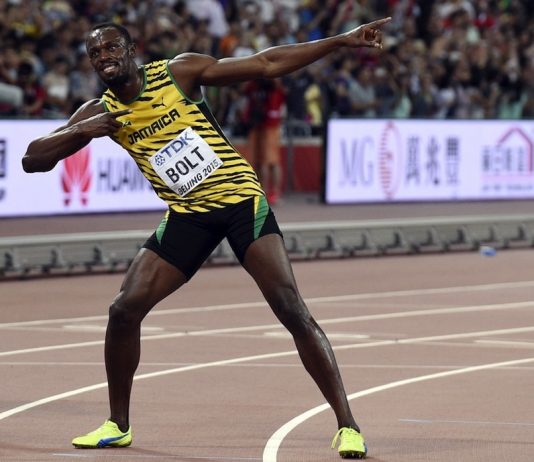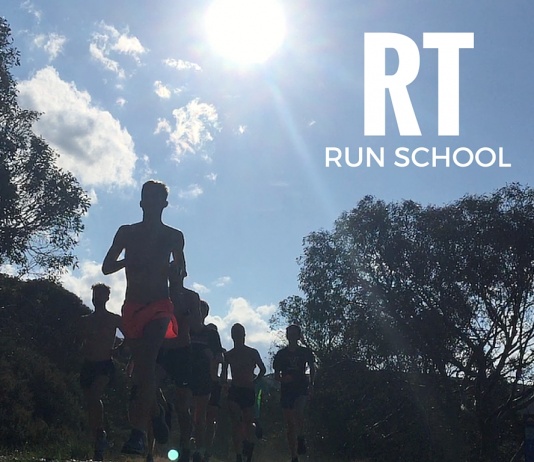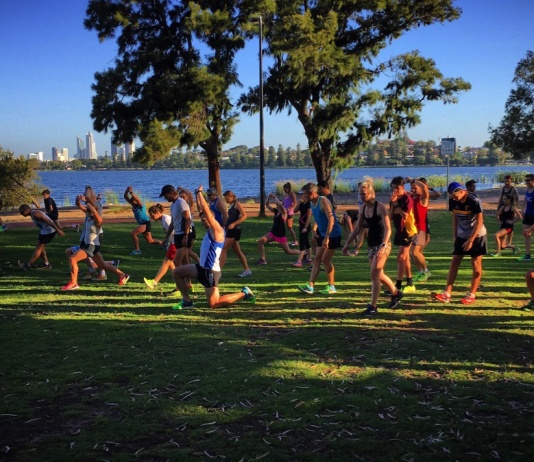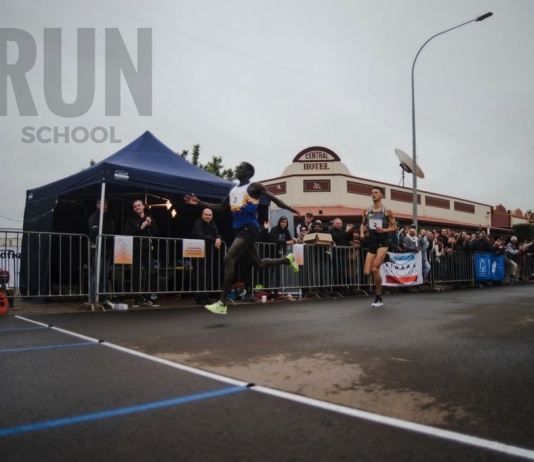The 5 Hard Truths about Athletic Performance
By: Mark Blomeley
Achieving and optimising your athletic potential is a difficult process filled with many obstacles. There are a lot of things that lead to sub-optimal performance either short term or long term, so what I wanted to give you today is 5...
Note: Times have been update by RT to reflect the current world records.
By: Chris Gorski, Senior Editor
(Inside Science) -- The current world records for the marathon 2:02:57, set by Dennis Kimetto of Kenya on September 28, 2014 and 2:15:25 for women, set in 2003 by Paula Radcliffe, from the U.K.
These...
Bilateral vs Unilateral Movement Development for Runners
By Mark Blomeley
Ok, so you’re probably looking at the title and thinking what the? Let me explain…
To put this simply, bilateral movement refers to a two arm or two leg movement, whereas unilateral refers to a single arm or single leg movement. In other...
The Sports Gene' Explores The Science Behind Athletic Success
Originally Published Jul 31 2013 - Re-Published with permission by RT 13/1/2016
By: Chris Gorski
Not everyone can become an elite athlete. On the basketball court, tall men with abnormally long arms have an advantage over equally athletic men with typical body proportions....
A column by David McNeill - Runner's Tribe
Too often in my career, I have walked off the track querying my performances; wondering why I ran so poorly when training pointed to something better…or wondering how on earth I ran as fast as I did when preparations had been poor....
In mid 2015 Runner's Tribe was given permission to re-publish and offer content suggestions to Inside Science which is an editorially independent non-profit science news service run out of the American Institute of Physics and supported by a coalition of underwriters. RT has been following their stories and articles for...
Why Movement matters | Written by Mark Blomeley
Movement is one of those things that we can easily take for granted until it’s gone or impaired. Think about it, if you’re injured and unable to walk around properly, you’re in a constant state of thinking about the next painful move...
Returning to Training: How to adjust your training intensity after a training break
Runnerstribe Admin -
Returning to Training: How to adjust your training intensity after a training break
As runners, few things are more frustrating than being sidelined with sickness, soreness or injury. There will often be an itch to get back into training that gets stronger with each day of scheduled training you miss....
The Importance of Taking Breaks from Training:
A Column By Amity Delaney
As athletes, our love for running and our desire to succeed can often cause us to keep pushing our body and training when we should perhaps be taking a break to let our bodies and minds properly recover....
Published for Inside Science, Tuesday, August 2, 2016 - 15:45
© 2016 American Institute of Physics
By Rebecca Boyle, Contributor for Inside Science
(Inside Science) -- As the world's fiercest competitors gather this week in Rio de Janeiro for the Olympic Games, athletes and coaches will use every strategy they can to gain...


